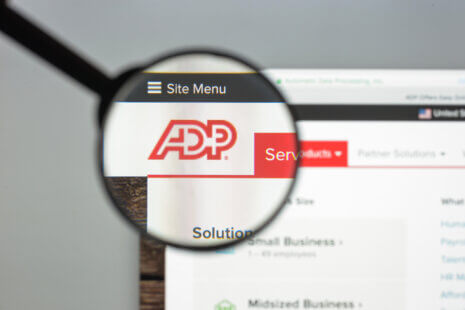Setting aside funds for small business taxes is essential for managing your cash flow and ensuring that you can meet your tax obligations when they become due. The amount you should set aside for taxes depends on various factors, including your business structure, income level, tax rates, deductions, credits, and tax planning strategies.
Here are some general guidelines to help you determine how much to set aside for small business taxes…
- Estimated Tax Payments – If you expect to owe $1,000 or more in taxes when you file your annual tax return, you are generally required to make quarterly estimated tax payments to the IRS and possibly to your state tax authority. Estimated tax payments are based on your projected income and tax liability for the current tax year. Use Form 1040-ES (for federal taxes) and applicable state forms to calculate and make estimated tax payments.
- Effective Tax Rate – Estimate your effective tax rate by dividing your total tax liability by your total taxable income. Your effective tax rate represents the percentage of your income that you can expect to pay in taxes. Multiply your projected business income by your effective tax rate to estimate your tax liability for the year.
- Federal Income Tax – The federal income tax rate for businesses varies depending on the business structure. For example:
- Sole Proprietorship: Business income is reported on Schedule C of Form 1040, and tax rates are based on individual tax brackets.
- Partnership and LLC: Profits are passed through to partners or members and reported on their individual tax returns.
- S Corporation: Profits are passed through to shareholders and taxed at individual tax rates.
- C Corporation: Corporate income tax rates range from 15% to 35%, depending on taxable income.
- Self-Employment Tax – Self-employed individuals (e.g., sole proprietors, partners, LLC members) are generally subject to self-employment tax, which covers Social Security and Medicare taxes. The self-employment tax rate is 15.3% (12.4% for Social Security and 2.9% for Medicare), but only the first $147,000 (for the tax year 2022) of net earnings is subject to Social Security tax.
- State and Local Taxes – Consider your state and local tax obligations, including state income tax, sales tax, payroll tax, and other taxes. Tax rates and regulations vary by state and locality, so be sure to consult with a tax professional or accountant familiar with your jurisdiction.
- Additional Taxes and Compliance Costs – Factor in any additional taxes, penalties, interest, and compliance costs associated with tax reporting and filing requirements. These may include payroll taxes, sales taxes, property taxes, and other regulatory obligations.
- Tax Planning and Contingencies – Engage in tax planning strategies to minimize tax liabilities and optimize tax efficiency. Set aside additional funds as a contingency to cover unexpected tax liabilities, changes in tax laws, or fluctuations in business income.
The amount you should set aside for small business taxes depends on your specific circumstances and tax situation. It’s essential to regularly monitor your income, expenses, and tax liabilities, and adjust your tax planning and savings accordingly. Consulting with a tax professional or accountant can provide personalized guidance and help you develop a tax strategy tailored to your business’s needs and objectives.




